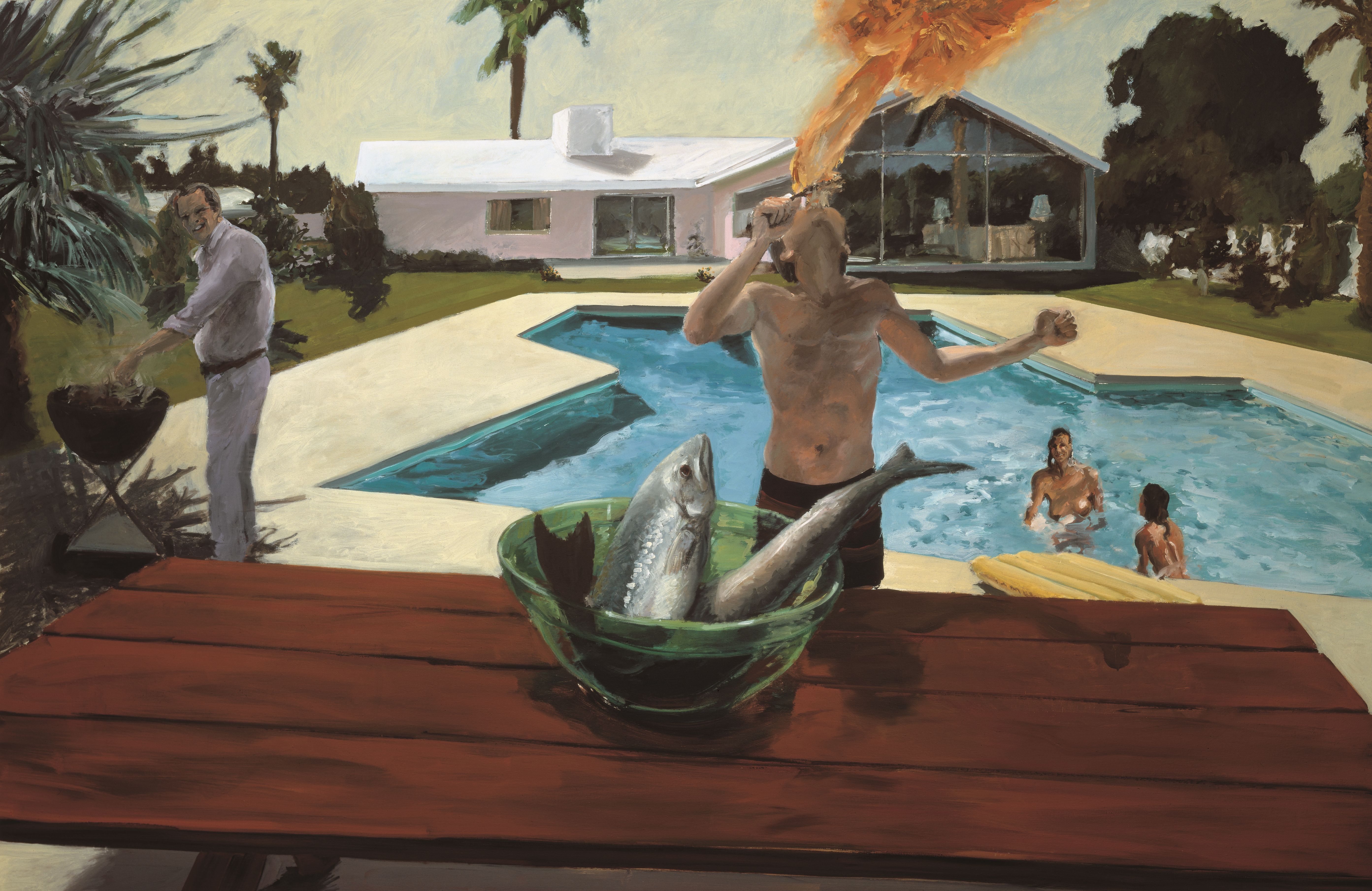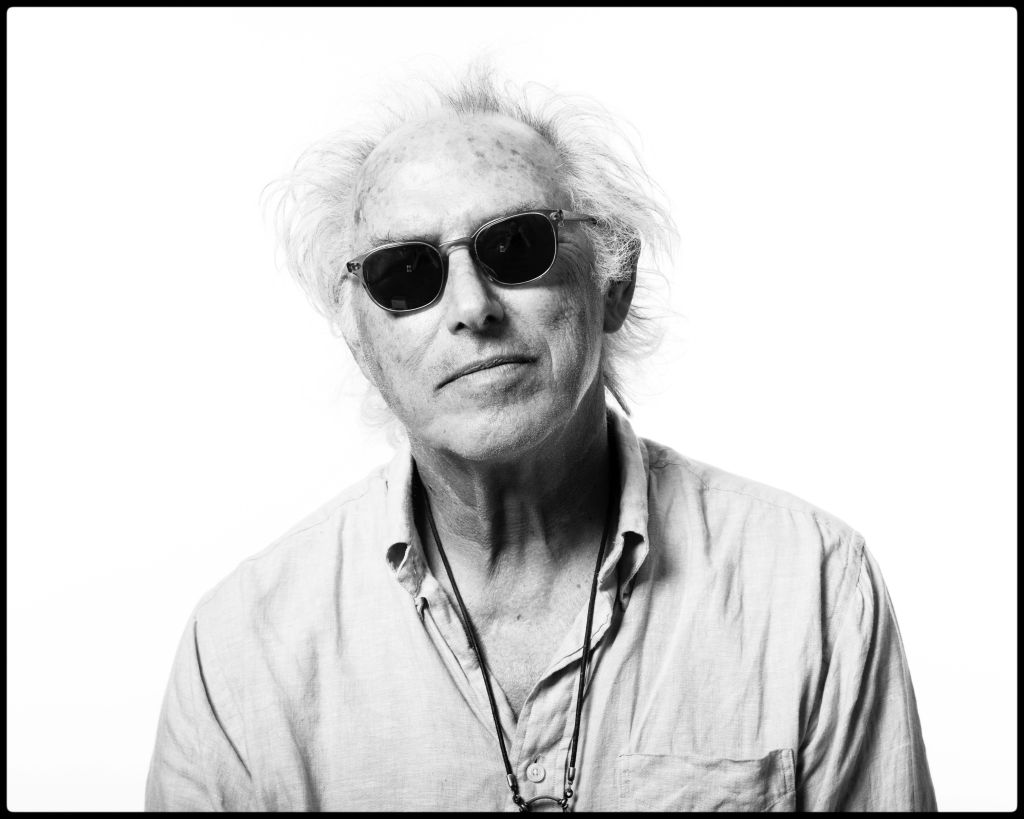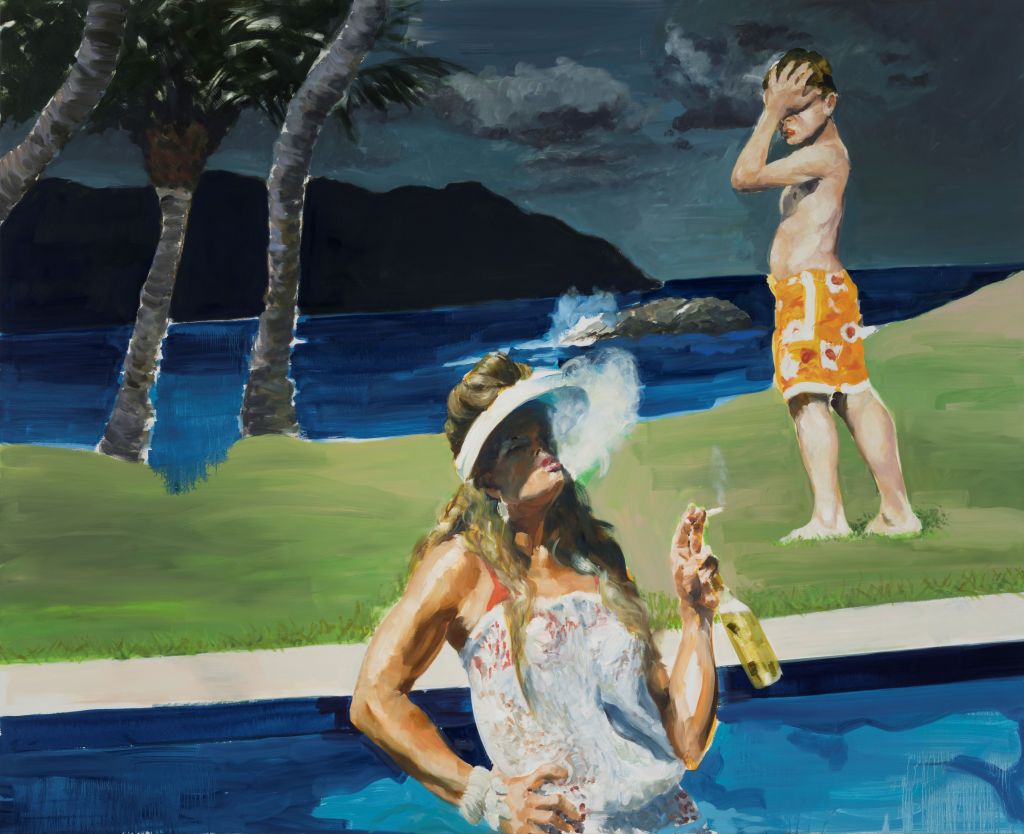
Eric Fischl

Audio By Carbonatix
If you do one thing at November’s First Friday — or see one local art exhibit in the next several
months — make it “Eric Fischl: Stories Told” at Phoenix Art Museum. It opens on Friday and
runs through June 14.
This guy is a BFD in the art world. But don’t just take our word for it: The New York Times even
included it in a list of “A Full Season of Art to See at Museums and Galleries Across the U.S.” on Oct. 14.
A Neo-Expressionist painter and sculptor, Fischl’s work is in numerous museum collections and has garnered acclaim and sold for impressive sums (yes, millions) for decades. The 40 pieces in this exhibit — 29 large-scale paintings and 11 works on paper — are signature
figurative works from throughout Fischl’s career.
Although he was raised on Long Island and now lives in Sag Harbor, New York, Fischl has
strong ties to Phoenix. His parents and siblings moved here in the late 1960s, and after a foray to San Francisco to “be a hippie,” he says, he came to the area as well. He took his first art classes at Phoenix College (with the intent to “meet girls,” he says), and sponsors an annual scholarship there. He also attended Arizona State University, but continued his education at the California Institute of the Arts.
Will you step up to support New Times this year?
We’re aiming to raise $30,000 by December 31, so we can continue covering what matters most to you. If New Times matters to you, please take action and contribute today, so when news happens, our reporters can be there.
Though his stay here was brief, Fischl says Phoenix had a “deep, deep impact” on him and his work.
“It’s a kind of light that has a different color attached to it,” he explains. “If there’s such a thing
that’s a bright pastel, that’s what I would describe it as. The visual language is something that
informed me very early on.”
Fischl mined the Valley for subject matter, too. On first glance, the images depict laid-back
tableaus with backyards and swimming pools as a backdrop, but upon closer inspection, they
reveal darker themes and dissatisfaction with post-World War II suburbia.
“You’ll see some paintings in the show that refer back to the feel of this place,” Fischl says.
“There’s a painting called ‘Barbeque’ that is the best example of what I’m talking about.”

Lori Hawkins
Paying it forward to emerging artists
Heather Sealy Lineberry, curator emeritus at the Arizona State University Art Museum, guest-
curated this exhibition, the first Fischl survey since 2018. She says she became familiar with his work when she was in graduate school and he had his first solo museum exhibition at the
Whitney Museum in New York City in 1986.
She got to know Fischl when he began sponsoring the Vanguard Awards at Phoenix College, a
$2,500 stipend given annually to a student artist or artists since 2005.
“He’s had a tremendous impact on our community in terms of that philanthropic work supporting our local and young artists and emerging artists,” Lineberry says.
The 20th anniversary of the prize, Lineberry says, was one reason it made sense to schedule an exhibit here and now.
The award is clearly a passion for Fischl, who explains that community college students are
often misunderstood and don’t always get support.
“If I could’ve started where I started and gotten to where I’ve gotten to, somebody else can as
well,” Fischl says. “It’s to find and encourage people who are creative and who are looking for a
community that they feel they belong to and can participate in.”
Each year, he and a fellow artist or collector, who also gives a lecture, choose the student or
students who will receive the prize. Their works are hung in the main gallery of the Phoenix Art
Museum for the evening.
“It’s just a visual ‘a-ha!’ moment for everybody,” Fischl says. “The way people light up is
fantastic.”
Past lecturers have included artists Andres Serrano, Kate Capshaw and Njideka Akunyili
Crosby as well as collectors John McEnroe and Steve Martin.

Eric Fischl
Art as an ‘existential struggle’
“Eric Fischl: Stories Told” is also timely, Lineberry said, because of the renaissance in figurative
painting over the past 10 to 15 years.
“I think it’s really important to look at Eric’s work and look at his long career within that context,” she adds.
Figurative painting wasn’t the hot ticket when Fischl was finding his authentic voice as an artist, but abstract art didn’t resonate with him. Instead, he reached back to before Modernism, which shed the figure and representation, to study Edgar Degas and Édouard Manet. Over time, other artists who inspired him included Max Beckmann, Edward Hopper, Winslow Homer and Thomas Eakins.
Luckily, by the late 1970s, the hegemony of abstract art was crumbling, and he found his work
coinciding with a resurgence of interest in figurative painting. A 1978-79 show of 10
contemporary painters (which didn’t include Fischl) at the Whitney titled “New Image Painting”
marked this shift, Lineberry recalls.
“The moment was perfect,” Fischl says. “That’s one of those things you don’t have control over.
It’s called a zeitgeist.”
He also hit a nerve with his examination of the nuclear family and suburban America — particularly the realization that not everything was as rosy as depicted.
In the 1970s and early ’80s, these became fodder in other cultural arenas, such as books (see:
John Updike) and film (“The Stepford Wives,” “Suburbia”).
But, Fischl says, “In the art world, there was no genre for suburban art.”
When asked what was in his mind when he began bringing those feelings to the canvas, Fischl
says, “It’s not what’s in my mind, it’s what’s in my heart. … It’s not a simple failure of an idealism, it’s an incredibly complicated existential struggle.”
He adds, “The drama of it is profound. The struggle of it is profound. It’s not a simple parody or
critique.”
Fischl says that viewers should understand that “these are not paintings that have a conclusion. They are not presented as something that’s resolved,” but rather should be questioned and interpreted based on the viewer’s own associations.
“I bring the work to a visual interface with another person, and then they internalize it and walk
away,” Fischl adds.”So when people ask me questions — ‘What does this mean?’ — I’m on their
side, asking the same question: ‘Who are these people and what do they want?’”
“Eric Fischl: Stories Told”: Opens Nov. 7. Phoenix Art Museum, 1625 N. Central Ave. Visit phxart.org.